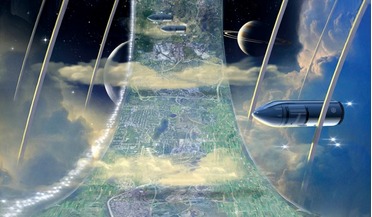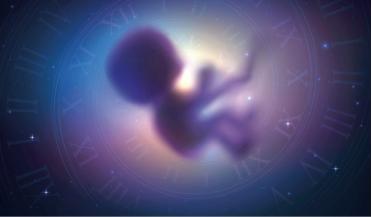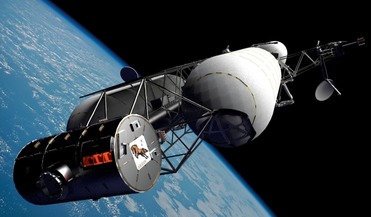 28 September 2022
Firms pioneer embryo conception mission for ‘space mice'
28 September 2022
Firms pioneer embryo conception mission for ‘space mice'
...ground-breaking space mission in the first half 2023 that will see the fertilisation of rodent embryos in artificial gravity followed by a pregnancy and birth in a laboratory back on Earth. Using SpaceBorn’s new ‘Space-Embryo-Incubator’ flying in low...
 February 2019
A universal spaceship design concept
February 2019
A universal spaceship design concept
... non-rotating central spaceship body with weightless areas and a residential unit rotated around this to generate artificial gravity, was conceived by NASA’s Technology Applications Assessment Team in 2011. The tunnel has several purposes. First, its...
 April 2025
A bun in the (space) oven - Reasons not to get pregnant while going around Earth at 7.8 kilometres per second
April 2025
A bun in the (space) oven - Reasons not to get pregnant while going around Earth at 7.8 kilometres per second
... experiment hardware from inside the Multi-use Variable-g Platform, a biology research device that can generate artificial gravity inside the International Space Station’s Kibo laboratory module. For many people who envision a Martian city...
 December 2014
Ready for Mars? From Mars-500 to zero-gravity medical issues
December 2014
Ready for Mars? From Mars-500 to zero-gravity medical issues
... and in particular VIIP and its effect on distance and near vision. It may well be that some form of artificial gravity is needed to keep astronauts on long missions healthy and able to undertake exploration on the Martian surface. This has...
 December 2019
Human conception and childbirth in space
December 2019
Human conception and childbirth in space
... levels enable healthy embryo development. Our incubator is engineered to provide adjustable artificial gravity so that we can generate and study the effects of multiple gravity levels. This means that we don’t need to go to Mars to learn about the...
 August 2020
Scorpion – a study of the possible
August 2020
Scorpion – a study of the possible
..., but also the opportunity to incorporate difficult (non-optimal) features like adequate radiation protection, spin-induced artificial gravity and, above all, a multi-role capability. The final Scorpion design is just over 100 m long with...